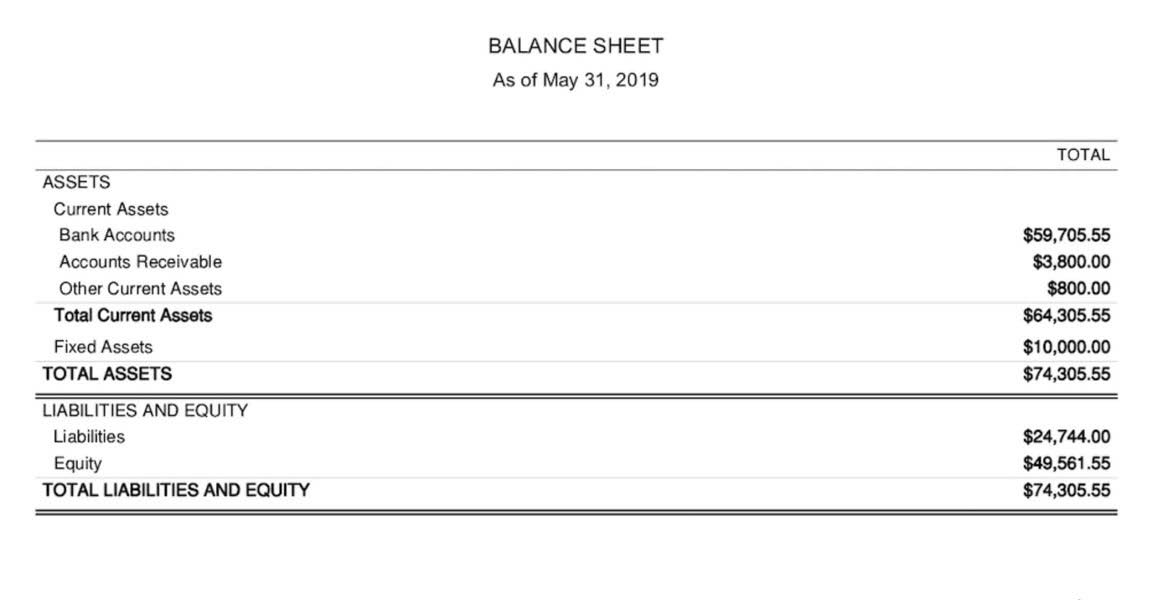
It’s worth noting that while negative working capital isn’t always bad and can depend on the specific business and its lifecycle stage, prolonged negative working capital can be problematic. Investors who review the working capital management from a turnover point of view can track this efficiency ratio trend and determine if the company is using better or worse its NWC. From Year 0 to Year 2, the company’s NWC reduced from $10 million to $6 million, reflecting less liquidity (and more credit risk). Suppose we’re tasked with calculating the net working capital (NWC) of a company with the following balance sheet data. In our hypothetical scenario, we’re looking at a company with the following balance sheet data (Year 0).
Working Capital Formula
- Products that are bought from suppliers are immediately sold to customers before the company has to pay the vendor or supplier.
- Current liabilities include accounts payable, trade credit, short-terms loans, and lines of credit.
- Even though the payment obligation is mandatory, the cash remains in the company’s possession for the time being, which increases its liquidity.
- To calculate working capital, subtract a company’s current liabilities from its current assets.
- The Change in Net Working Capital (NWC) measures the net change in a company’s operating assets and operating liabilities across a specified period.
- On SoFi’s marketplace, you can shop top providers today to access the capital you need.
- If the Change in Working Capital is negative, the company must spend in advance of its revenue growth – like a retailer ordering Inventory before it can sell and deliver its products.
Because Working Capital is a Net Asset on the Balance Sheet, and when an Asset increases, that reduces cash flow; when an Asset decreases, that increases cash flow. The $500 in Accounts Payable for Company B means that the company owes additional cash payments of $500 in the future, which is worse than collecting $500 upfront for future products/services. Sometimes, companies also include longer-term operational items, such as Deferred Revenue, in their Working Capital. The Change in Working Capital could be positive or negative, and it will increase or reduce the company’s Cash Flow (and Unlevered Free Cash Flow, Free Cash Flow, and so on) depending on its sign. CFI is the global institution behind the financial modeling and valuation analyst FMVA® Designation.
What changes in working capital impact cash flow?

Until the payment is fulfilled, the cash remains in the possession of the company, hence the increase in liquidity. But it is important to note that those unmet payment obligations must eventually be settled, or else issues could soon emerge. Since the company is holding off on issuing payments, the increase in payables how to calculate change in working capital from balance sheet and accrued expenses tends to be perceived positively. Therefore, the impact on the company’s free cash flow (FCF) is +$2 million across both periods. Since we’re measuring the increase (or decrease) in free cash flow, i.e. across two periods, the “Change in Net Working Capital” is the right metric to calculate here.
How to Find Change in NWC on Cash Flow Statement (CFS)
For working capital or other assets, you add the prior period and subtract the current period, and for working capital and other liabilities, you add the current period and subtract the prior period. The Change in Net Working Capital (NWC) measures the net change in a company’s operating assets and operating liabilities across a specified period. Therefore, there might be significant differences between the “after-tax profits” a company records and the cash flow it generates from its business. Below is a break down of subject weightings in the FMVA® financial analyst program. As you can see there is a heavy focus on financial modeling, finance, Excel, business valuation, budgeting/forecasting, PowerPoint presentations, accounting and business strategy.
A company’s balance sheet contains all working capital components, though it may not need all the elements discussed below. For example, a service company that doesn’t carry inventory will simply not factor inventory into its working capital calculation. To calculate working capital, subtract a company’s current liabilities from its current assets. Both figures can be found in public companies’ publicly disclosed financial statements, though this information may not be readily available for private companies. However, the more practical metric is net working capital (NWC), which excludes any non-operating current assets and non-operating current liabilities.
Part 4: Working Capital for Best Buy and Zendesk
The company’s cash flow will increase not because of Working Capital, but because the company earns profits on the sale of these products. Therefore, if Working Capital increases, the company’s cash flow decreases, and if Working Capital decreases, the company’s cash flow increases. Even a profitable business can face bankruptcy if it lacks the cash to pay its bills. For example, if a company has $1 million in cash from retained earnings and invests it all at once, it might not have enough current assets to cover its current liabilities. For instance, if NWC is negative due to the efficient collection of receivables from customers who paid on credit, quick inventory turnover, or the delay in supplier/vendor payments, that could be a positive sign.

- Changes in working capital can occur when either current assets or current liabilities increase or decrease in value.
- So, if the company somehow classifies these items within Working Capital, remove and re-classify them; they should never affect Cash Flow from Operations.
- Alternatively, it could mean a company fails to leverage the benefits of low-interest or no-interest loans.
- For example, if a company has $100,000 in current assets and $30,000 in current liabilities, it has $70,000 of working capital.
- The reason is that cash and debt are both non-operational and do not directly generate revenue.
This, in turn, can lead to major changes in working capital from one month to the next. The Change in Working Capital could positively or negatively affect a company’s valuation, depending on the company’s business model and market. Therefore, as of March 2024, Microsoft’s working capital metric was approximately $28.5 billion. If Microsoft were to liquidate all short-term assets and extinguish all short-term debts, it would have almost $30 billion remaining cash. Most major new projects, like expanding production or entering into new markets, often require an upfront investment, reducing immediate cash flow.
An increase in the balance of an operating asset represents an outflow of cash – however, an increase in an operating liability represents an inflow of cash (and vice versa). Inventory decisions are a crucial factor that can lead to a change in working capital. If a company chooses to spend more on inventory to increase its fulfillment rate, it will use up more cash. Excessive working capital for a prolonged period of time can mean a company is not effectively managing its assets. So, if the company somehow classifies these items within Working Capital, remove and re-classify them; they should never affect Cash Flow from Operations.

Files And Resources

If they can’t sell fast enough, cash won’t be available immediately during tough financial times, so having adequate working capital is essential. If the price per unit of the product is $1000 and the cost per unit in inventory is $600, then the company’s working capital will increase by $400 for every unit sold, because either cash or accounts receivable will increase. The textbook definition of working capital is defined as current assets minus current liabilities. Aside from gauging a company’s liquidity, the NWC metric can also provide insights into the efficiency at which operations are managed, such as ensuring short-term liabilities are kept to a reasonable level.
- For instance, if NWC is negative due to the efficient collection of receivables from customers who paid on credit, quick inventory turnover, or the delay in supplier/vendor payments, that could be a positive sign.
- If Microsoft were to liquidate all short-term assets and extinguish all short-term debts, it would have almost $30 billion remaining cash.
- For example, a service company that doesn’t carry inventory will simply not factor inventory into its working capital calculation.
- If you’re seeking to increase liquidity, a stricter collection policy could help.
- If your firm experiences a positive change in net working capital, it may have more cash to invest in growth opportunities or repay debt.
- The change in working capital formula is straightforward once you know your balance sheet.